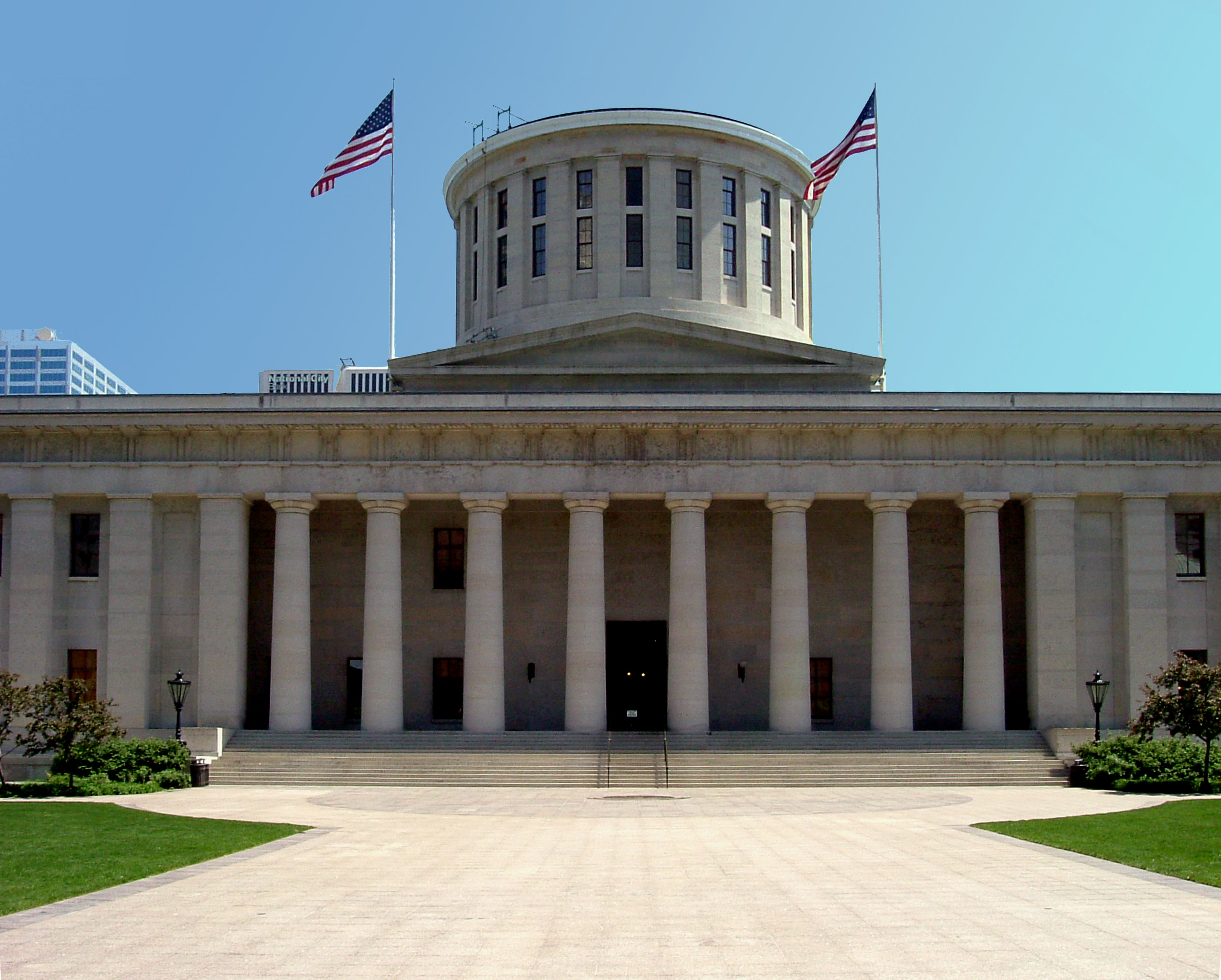AFSCME
Tax Breaks and School Cuts
Monday, February 6th, 2017

Governor John Kasich’s biennial budget is under consideration by members of the Ohio House of Representatives, where Finance Committee members have already called several provisions “dead on arrival.” What action they will take before letting the Ohio Senate have a turn at the two-year fiscal plan is anyone’s guess. But what is certain is that this budget is just more of the same old tired agenda from the governor – including tax breaks for the very wealthy, cuts to local governments and libraries and basically flat funding for education.
The Kasich budget also increases funding for charter schools and the statewide voucher program that allows families to opt out of public schools and take their state and local education money with them.
“This really is like déjà vu all over again,” said Randy Weston, OAPSE director of political action and legislative affairs. “This is Kasich’s fourth budget as governor, and in each one, he has advocated cutting taxes for the richest Ohioans and starving public services like public education, libraries, public hospitals, city and county governments and early childhood education.”
Weston also noted that when Kasich is confronted by the devastation caused by cuts to public schools and local governments, “He advises them to just pass local levies to make up the difference. So he is just passing these costs on to our communities – and acting as if local levies are easy to pass!”
The $3.1 billion tax plan shifts the burden of paying for government programs from the rich to the poor, according to a report by Innovation Ohio (IO), a think-tank that specializes in fiscal and budget analysis and their relationship to the priorities of legislative leaders.
IO found that Kasich “found billions for a tax cut that primarily benefits the wealthy” but does not make any investment in the state’s many difficult problems, “such as our opioid crisis, crumbling infrastructure and schools.”
Kasich also cuts the state’s share of transportation dollars for public schools from 50 percent to 37.5 percent, “meaning less money to fund the work of OAPSE’s thousands of bus drivers and aides. This money will have to come from somewhere because school districts are obligated to transport kids safely to and from school. It just throws the problem in the lap of local school districts,” Weston said.
He added that districts will lose more than $11 million in special education dollars, and they will lose additional money because of the expansion of EdChoice – the vehicle for charter schools and vouchers.
“Kasich wants to increase EdChoice by 14.6 percent. People may not realize that this is devastating to public schools because the students who opt out of public education by using these programs will take their state and local dollars with them – leaving big budget holes for local districts.”
The House Finance Committee will be working on the budget for the next several months before taking its version to the entire body for a vote. The Senate Finance Committee will take up the final House bill and amend it. A conference committee of both legislative bodies must finalize the budget by June 30.
“We will stay in touch with OAPSE members about what is happening to the budget along the way. Be sure and check our website, Twitter and Facebook pages for the latest information about how we can impact what is going on at the Statehouse,” Weston said.